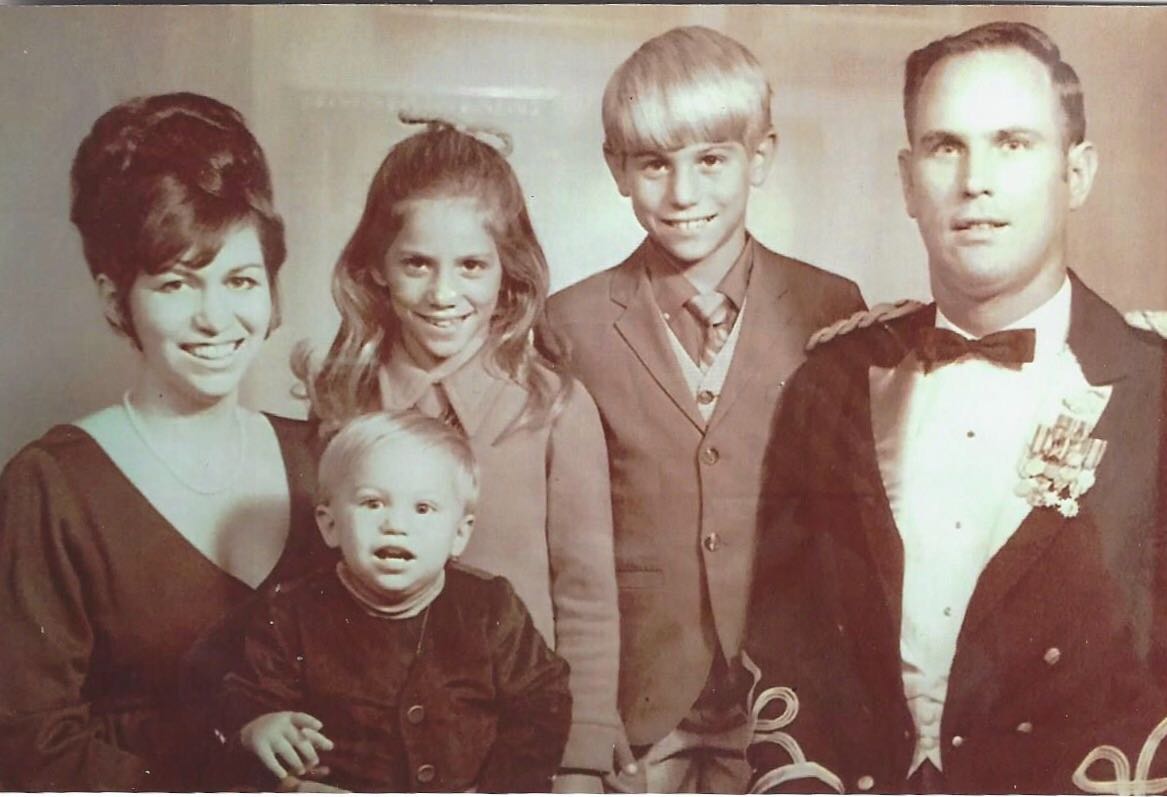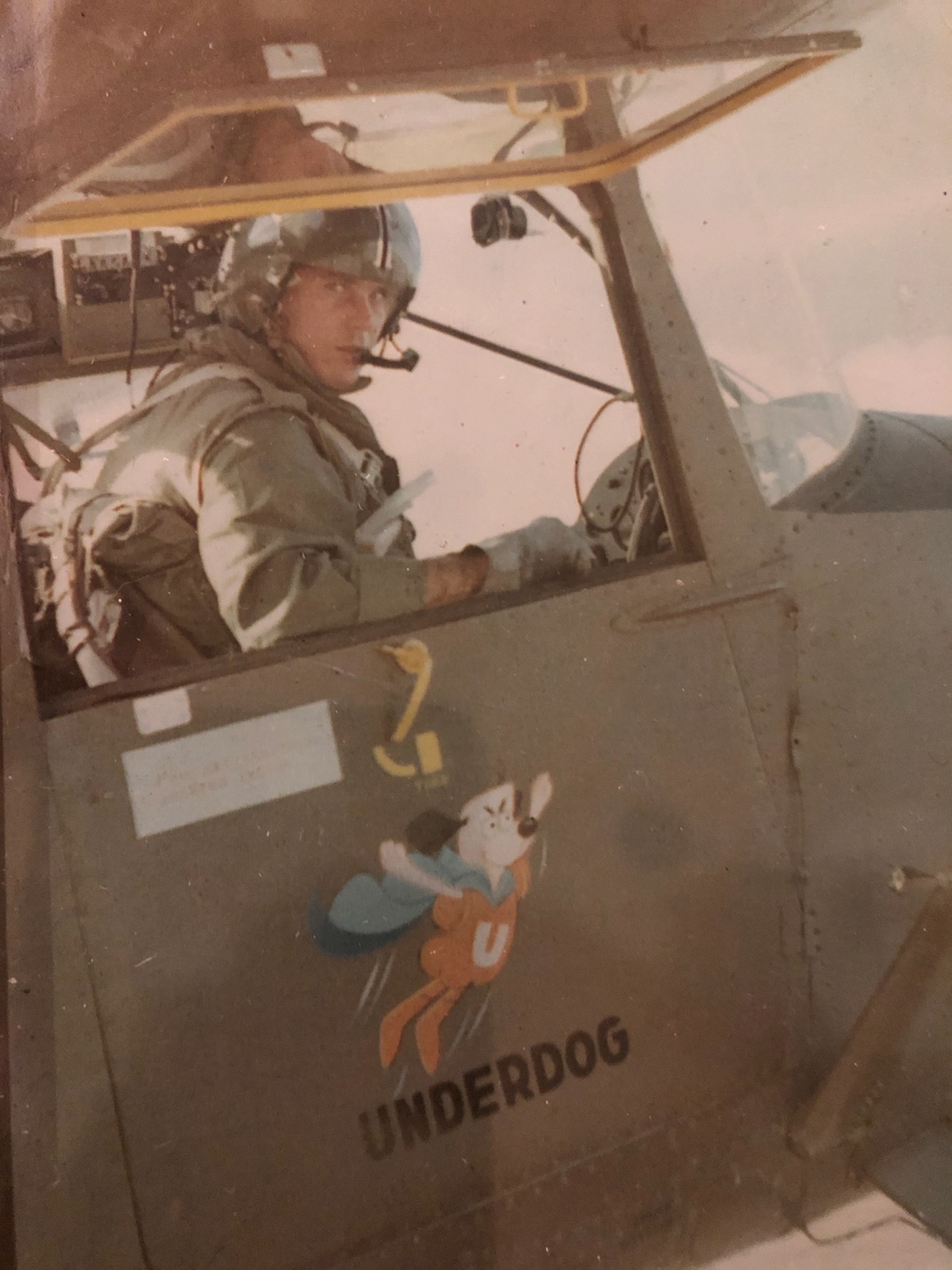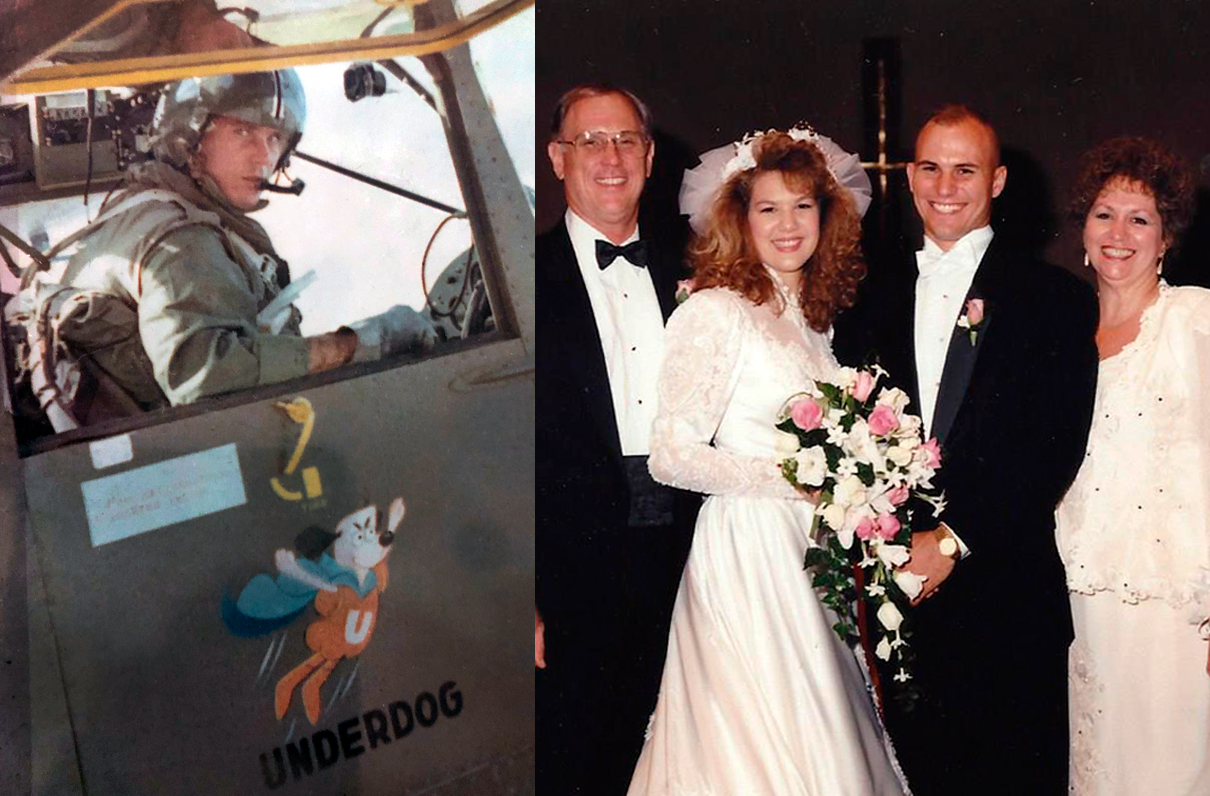[Editor's note: Sunday, Sept. 25 is Gold Star Mother's and Family Day.]
By Gail Joyce, Gold Star Mom, Surviving Spouse, MOAA Board Member
My son, Sgt. James Casey Joyce, 24, a U.S. Army Ranger, was killed in action in Somalia Oct. 3, 1993, in the Battle of Mogadishu, better known as Blackhawk Down. Someone somewhere gave me a gold pin with a purple background and a gold star in the middle: a symbol of my son's service and sacrifice.

Back from left to right: Gail, Sancy, Steve, and Larry Joyce; Front: Casey Joyce
Later, while attending a conference in Chicago, I wore my pin on the lapel of my jacket. Most of the people there were aware of my loss. But as I spoke with a group, an acquaintance walked up, pointed to my pin, and said, "What a pretty pin!" I replied, "Thank you. This is my Gold Star pin. I am a Gold Star Mom." And she said, "Oh, how wonderful! What did you do to earn that?''
What do you say? What do you do? I quickly figured out she did not know anything about the gold star and what it signified. I did not want to embarrass her, but I finally decided only the truth would do, so I explained about the Gold star and what I did to "earn" it.

Casey with mother Gail and father Larry
There are many stories like mine; even some people in the military are unaware of the Gold Star and its significance. Imagine having to explain repeatedly what the gold star on a service flag, or on a license plate, or a pin on your lapel represents: the death of your child or spouse who fought and died for our country. Yet, it also is an honor to have an opportunity to tell his story.

Larry Joyce, Vietnam 1966-1967
During World War II, families, churches, and businesses flew flags in their windows denoting someone in their family was serving in the military. These flags still are used today. They are bordered in red, with a center of white. In the center is a star for each member of the family serving. A blue star represents someone serving in a current conflict. A silver star means someone has been wounded in combat. A gold star represents a fallen family member.
In 1947, Congress standardized the service banners and established the Gold Star lapel pins to issue to immediate family members of servicemembers killed in combat. The pin is a gold star on a field of purple surrounded by laurel leaves. A lapel pin was approved in 1973 for next-of-kin of servicemembers who lose their lives while serving on active duty. It is a gold star on a gold background surrounded by four oak sprigs.

Casey Joyce, 1993
Congress and the military have made an effort to recognize and honor survivors. Congress has designated the last Sunday in September as Gold Star Mother's Day. December 18 is designated as Gold Star Wives Day. The Army in 2014 developed three PSAs to inform America of the significance of this Gold Star. According to an Army spokesperson: "The PSAs serve as a gentle reminder to the American public that the freedom they enjoy comes at a cost. This is a call to action to honor and learn. Honor those who have fallen and learn about a small but meaningful symbol presented to families who have lost a servicemember."
I think it also is our responsibility as survivors, as we continue to honor our loved ones, to educate every chance we get about our stars — especially the gold ones. A Gold Star is something no parent or spouse ever wants to receive. It forever changes who you are. And I, for one, don't want anyone to ever forget this sacrifice.

Casey and DeAnna Joyce's Wedding, 1991
Support The MOAA Foundation
Donate to help address emerging needs among currently serving and former uniformed servicemembers, retirees, and their families.


